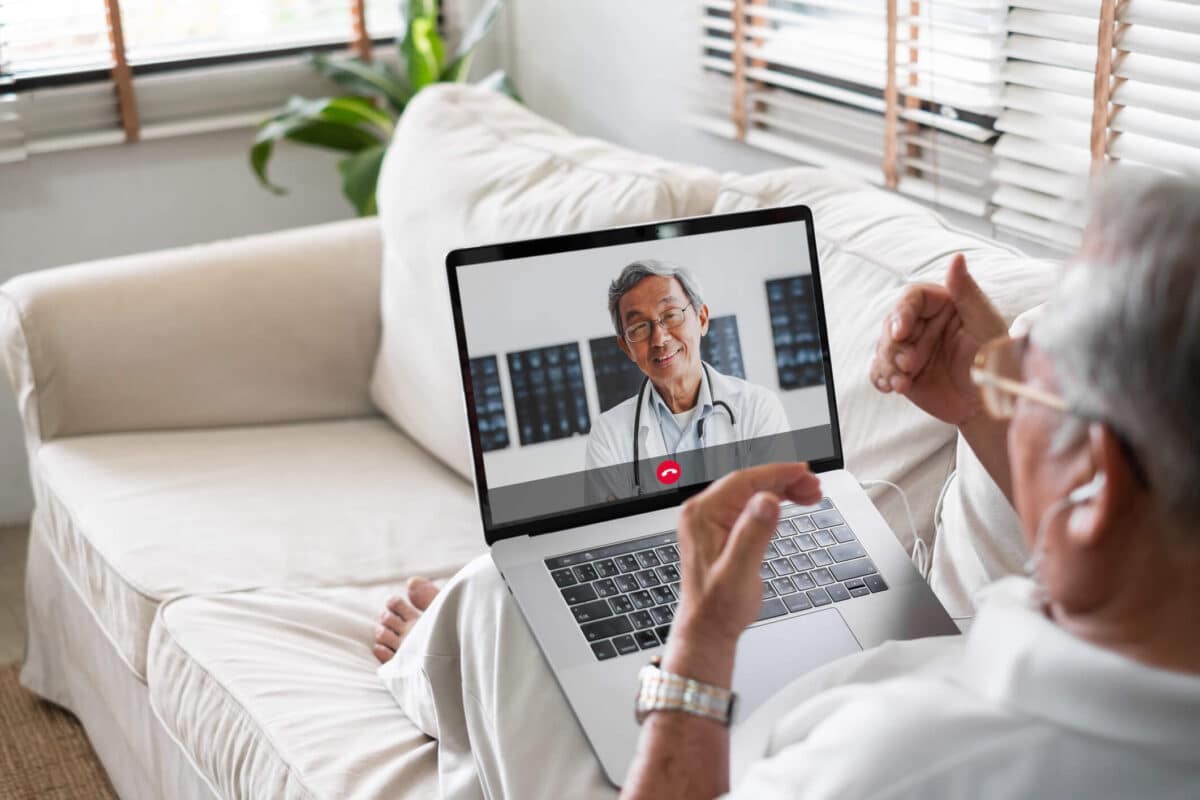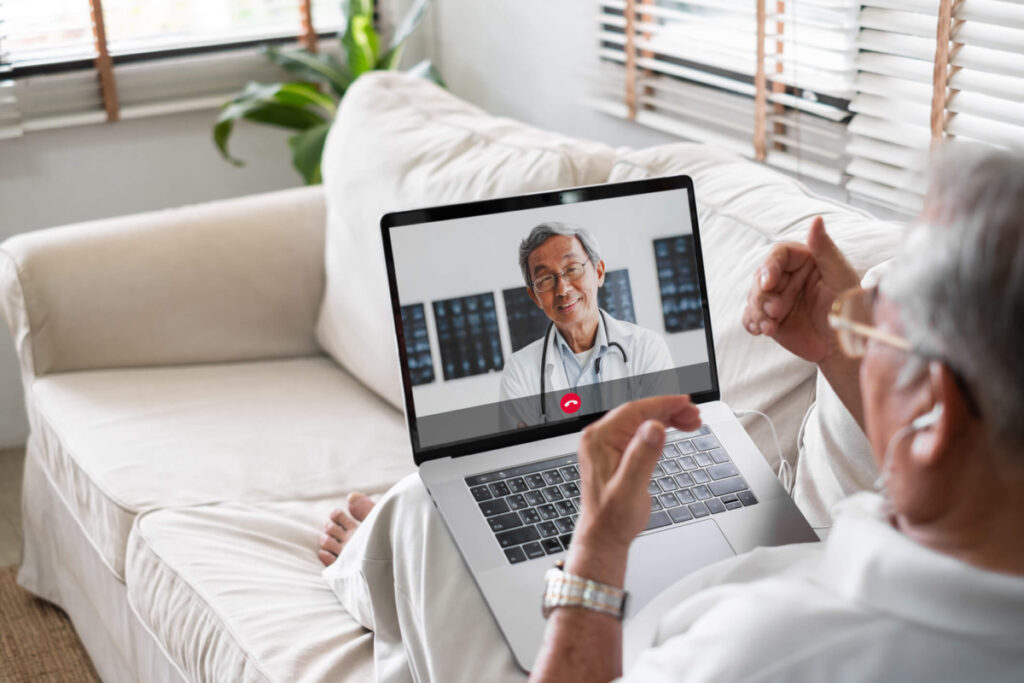When thinking about personal safety for seniors at home, many think first think of single-level living and removing slippery throw rugs. Making some simple modifications (e.g. installing handrails, grab bars) to a home can make a big difference. However, technology plays a huge role in making aging in place a safe choice, as well as offering connection, education, entertainment and more.
Personal safety for seniors at home: what’s available
Whether it’s adequate lighting, or the latest tech gadget, personal safety for seniors has come a long way.
Telehealth
Connecting with a health care provider via telehealth offers easy access to visiting a health care provider, especially when a person has mobility issues, arranging transportation is difficult or has COVID-19 concerns. Seniors or their family member/caregiver should contact the health care providers office to learn if the provider offers telehealth appointments. These appointments are often accessed from the office’s patient portal for increase confidentiality and security. AARP’s How to Get Started With Telemedicine also provides details on setting up an appointment or finding a telehealth service.
Activity-based sensors
These sensors are placed around the home and discreetly inform a family member/caregiver of any changes in activity levels, sleeping and eating patterns, bathroom frequency and medication adherence, as well as emergency situations, like falls or wandering out of the home.
Safety measures for closets and dressing areas
Adding a light, including a peel-and-stick, battery operated light or a motion sensor that turns the light on or off when the door is open or closed, either within or just outside of the closet helps eliminate the dark spaces that are common in closets. Storage bins can be used for clothing so they don’t end up on the floor and become a trip hazard. A chair in or near a clothes closet provides easy access for putting on pants, socks, shoes and other clothing. Tips for personal safety for seniors for other areas of the house can be found in the AARP HomeFit Guide.
Smartwatches
The latest wrist-wearing devices not only track activity, but are now tracking health, according to AARP’s Newest Smartwatches Move From Tracking Fitness to Monitoring Health, insights into seniors health may now come straight from their wrist. Some of these watches provide electrocardiogram, stress monitoring, sleep tracking and blood oxygen level measuring – adding an extra layer of personal safety for seniors.
Video Chat Systems
Seniors are more susceptible to being isolated, which can lead to high blood pressure, heart disease, obesity, a weakened immune system, anxiety, depression, cognitive decline and Alzheimer’s disease. Mobility issues, driving concerns, friends passing on and family moving away are challenges that prevent seniors from having an active social life. Thanks to video chat systems (i.e. FaceTime, Skype, Messenger, Zoom) seniors can connect with friends and family from the comforts of their home. According to U.S. News & World Report’s Can Video Chat Apps Help Seniors Beat the Blues?, using video chat lowered rates of depression.
The personal safety for seniors choosing to age in place at home requires more than living on a single level and removing throw rugs, but with a little research, it’s possible to find handy devices and strategize solutions that help make aging in place a positive safe experience while providing family member(s)/caregiver peace of mind.
Learn more in our free Caregiver Guide.






